A record number of stores closed during the first half of 2020 as the coronavirus crisis hammered high streets, shopping centres and retail parks across the UK.
A total of 11,120 shops operated by chains shut their doors for good between January and June, with just 5,119 opening.
That left net store closures of 6,001 – up 71% compared with the same period last year, when a net 3,509 store closures were recorded.
The figures, revealed by the Local Data Company and advisory firm PwC, suggested that an average of more than 60 stores closed per day across England, Scotland and Wales, while 28 were opened every 24 hours.
York was the worst affected area, according to the data, with 55 net shop closures during the first six months of the year.
On a regional basis, Greater London was worst hit, suffering 1,008 net closures. Yorkshire and the Humber recorded the biggest loss of chain stores in percentage terms, with a net 3.4% of outlets disappearing.
And analysts warned there could be worse to come. The data does not include stores that were temporarily shuttered during lockdown and might end up permanently closed.
A number of the biggest names on Britain’s high streets have already closed stores amid the coronavirus crisis.
Carphone Warehouse closed all 531 of its standalone shops while Laura Ashley, Cath Kidston and Oasis Warehouse all closed stores after tumbling into administration.
The likes of Marks & Spencer, House of Fraser and Debenhams also closed stores as they seek to streamline their respective portfolios.
The closures have sparked thousands of retail job losses across the sector as it wrestles with the damaging impact of the pandemic.
Local Data Company head of retail and strategic partnerships Lucy Stainton said: “The results from the first half of 2020 are a stark reminder of the challenges faced by retailers in the first six months of the year.”
She added that 22% of chain stores were still closed temporarily and feared that many of those were now unlikely to reopen for business.
“With each week that passes since retail and hospitality businesses were given the green light to reopen, the likelihood of these occupiers ever trading again in those units reduces,” Stainton said.
The data does not include independent stores, but the report said these were likely to have experienced a resurgence during the first six months of the year as more people shopped locally while working from home.
PwC leader of industry for consumer markets Lisa Hooker said: “We all knew that consumers were shifting to shopping online or changing their priorities in terms of the things they buy, but what Covid-19 has done is create a step-change in these underlying trends to where they have now become the new normal.
“We all still want and need to physically visit shops and leisure operators; it’s likely then that, whatever happens, retail will come out of this smaller but stronger.”


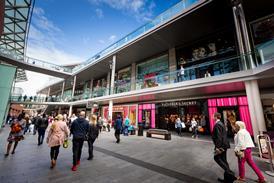




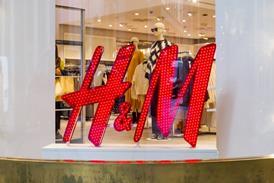
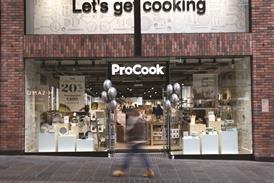




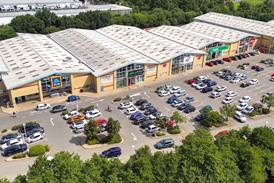
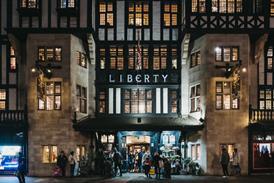








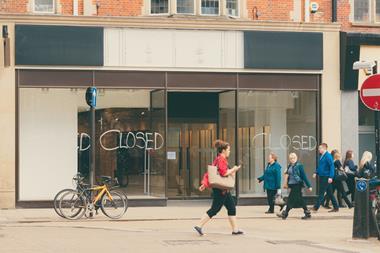
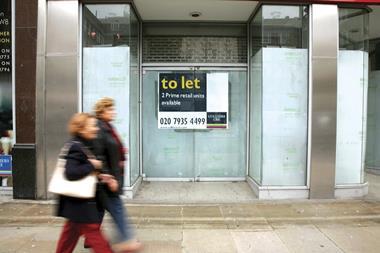
No comments yet